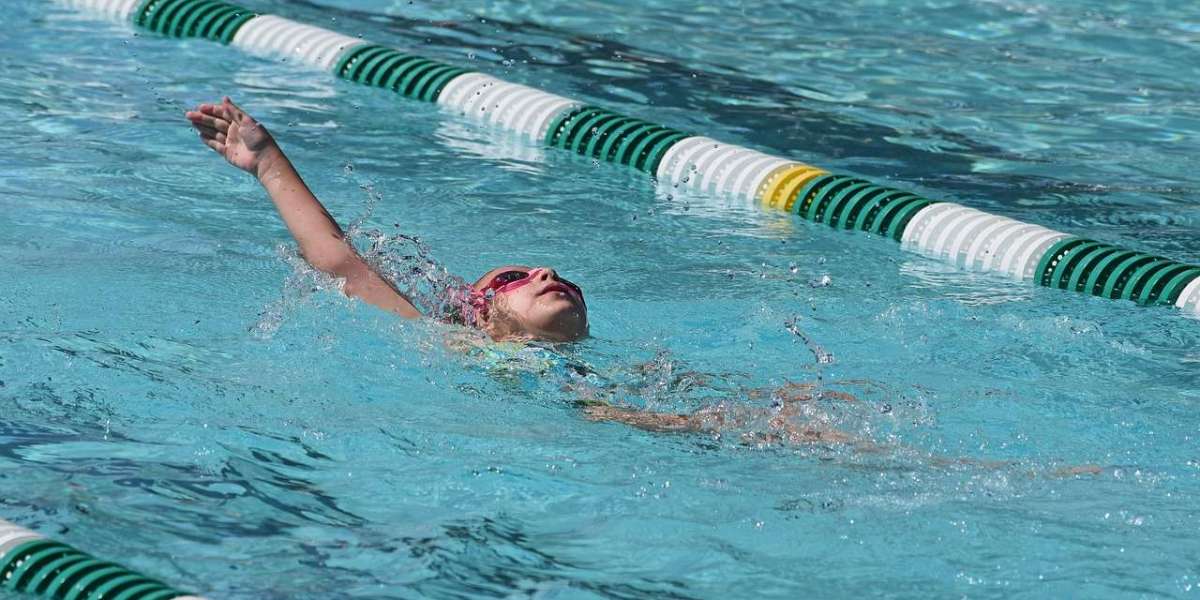When it comes to swimming, the key to improving performance and avoiding injury isn’t just about how fast you swim—it’s about how you prepare before and recover after your session. Enter: the magic of warm-ups and cool-downs.
You might think swimming is a low-impact sport, so you can just jump in and go full throttle. But trust us—taking a few minutes to properly warm up and cool down makes a huge difference in your overall experience and results.
Let’s dive into the essential components of swimming smart.
1. Warm-Up: Getting Your Body in the Zone
A good warm-up isn’t just for runners or weightlifters. Swimming requires your muscles to be agile and ready for dynamic movement. Without it, you risk muscle strains, joint discomfort, and ineffective performance.
A proper warm-up:
- Increases blood flow to muscles
- Lubricates your joints
- Prepares your cardiovascular system for the work ahead
Here’s how to warm up effectively:
- Start with light cardio: Jogging in place, arm circles, or even gentle swimming (such as easy freestyle or breaststroke) for about 5-10 minutes.
- Focus on your shoulders and hips: Swimming involves a lot of shoulder rotation, so make sure to activate the shoulder joints with some circles or stretches. Hip flexibility also plays a major role in efficient kicks.
At Aqua Swimming Academy, we make sure each swimmer knows exactly how to prepare before hitting the water for a more fluid, injury-free experience.
2. The Sweet Spot: Finding Your Pace
When you start swimming, you’ll want to settle into a rhythm. But how fast should you go in the middle of your session?
It’s all about that sweet spot a pace that feels sustainable but also challenges you enough to build endurance and strength.
- Easy pace: This is where you can swim continuously without too much effort. You should still be able to hold a conversation, but your body feels engaged.
- Moderate pace: Here, you’re starting to breathe a bit harder and may need to take a few extra breaths, but you’re not exhausted. This is where endurance is built.
- Fast pace: For short bursts, challenge yourself with sprints. You’ll swim faster, working your heart rate up and testing your limits.
Tip: Aiming for a moderate pace is ideal for building stamina. Going too hard too soon can wear you out quickly, while going too slow won’t push you enough.
3. Cool-Down: Let Your Body Unwind
After pushing your limits in the pool, your muscles need a chance to relax and recover. Cool-downs are crucial to prevent tightness, promote flexibility, and speed up recovery.
Here’s what a proper cool-down should include:
- Easy swimming: Gradually reduce the intensity by swimming at a relaxed pace for 5-10 minutes. Focus on smooth, controlled strokes.
- Stretching: After swimming, spend a few minutes stretching your arms, shoulders, back, and legs. This helps maintain your flexibility and keeps your muscles from tightening up.
- Breathing: Focus on deep, slow breaths to bring your heart rate down and relax your body.
A good cool-down also helps with mental relaxation. As your muscles cool, you can reflect on your swim and feel a sense of accomplishment.
4. Why Swimming Smart Pays Off
Warm-ups and cool-downs may feel like extra time in the pool, but they’re worth every second. Here’s how they benefit you:
- Improved performance: Warming up properly ensures your body moves efficiently, letting you swim longer and faster.
- Faster recovery: Cooling down speeds up recovery by promoting circulation and flexibility, meaning you’ll feel less sore the next day.
- Reduced risk of injury: By preparing your muscles and joints before and after your swim, you’re minimizing the chances of strains, cramps, and other injuries.
People Also Ask:
Q: How long should I spend on warm-ups?
A: About 5-10 minutes should be enough to get your muscles ready. Focus on gentle movement and joint activation.
Q: Can I skip the cool-down?
A: It’s best not to. Skipping your cool-down can lead to tight muscles and longer recovery times. It’s a small investment for big benefits.
Q: Should I stretch before swimming?
A: Yes, but focus on dynamic stretches (arm circles, leg swings) rather than static stretches. Static stretching is better suited for post-swim.
FAQs
Q: Can warm-ups and cool-downs really make that much of a difference?
Yes! They prevent injury, improve muscle flexibility, and help your body recover faster. Swimmers who regularly incorporate them tend to perform better over time.
Q: How do I know if I’m swimming at the right pace?
If you’re working hard but not completely out of breath, you’re probably at the right pace. If you’re too winded to continue, slow down a bit.
Q: What should I do if I start feeling tired during my swim?
Listen to your body. Slow down, take a break, and focus on your breathing. Remember, swimming is about endurance, not all-out speed.
Swim Smart, Swim Strong
At Aqua Swimming Academy, we’re here to guide you through every step—whether it’s warming up, finding your rhythm, or cooling down properly. Swimming is a skill, but it’s also an art, and every part of your swim plays a role in building strength, flexibility, and confidence in the water.


